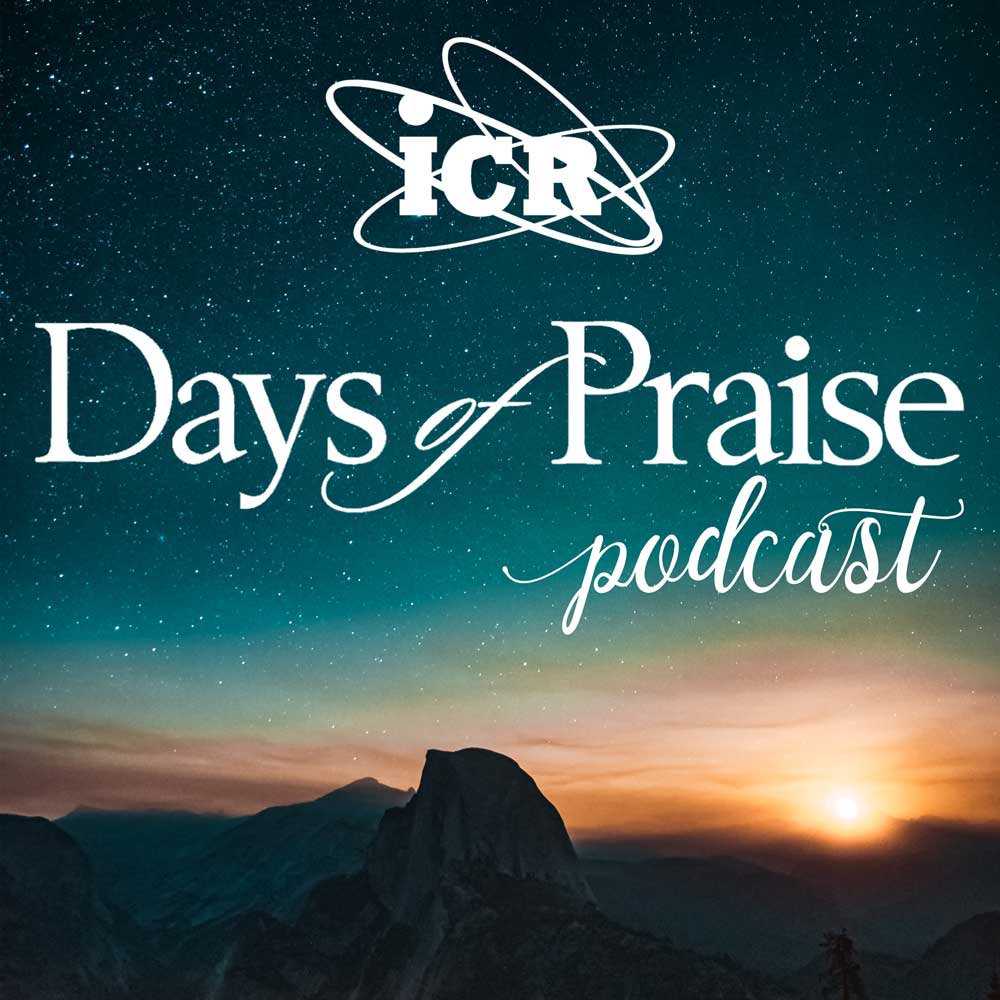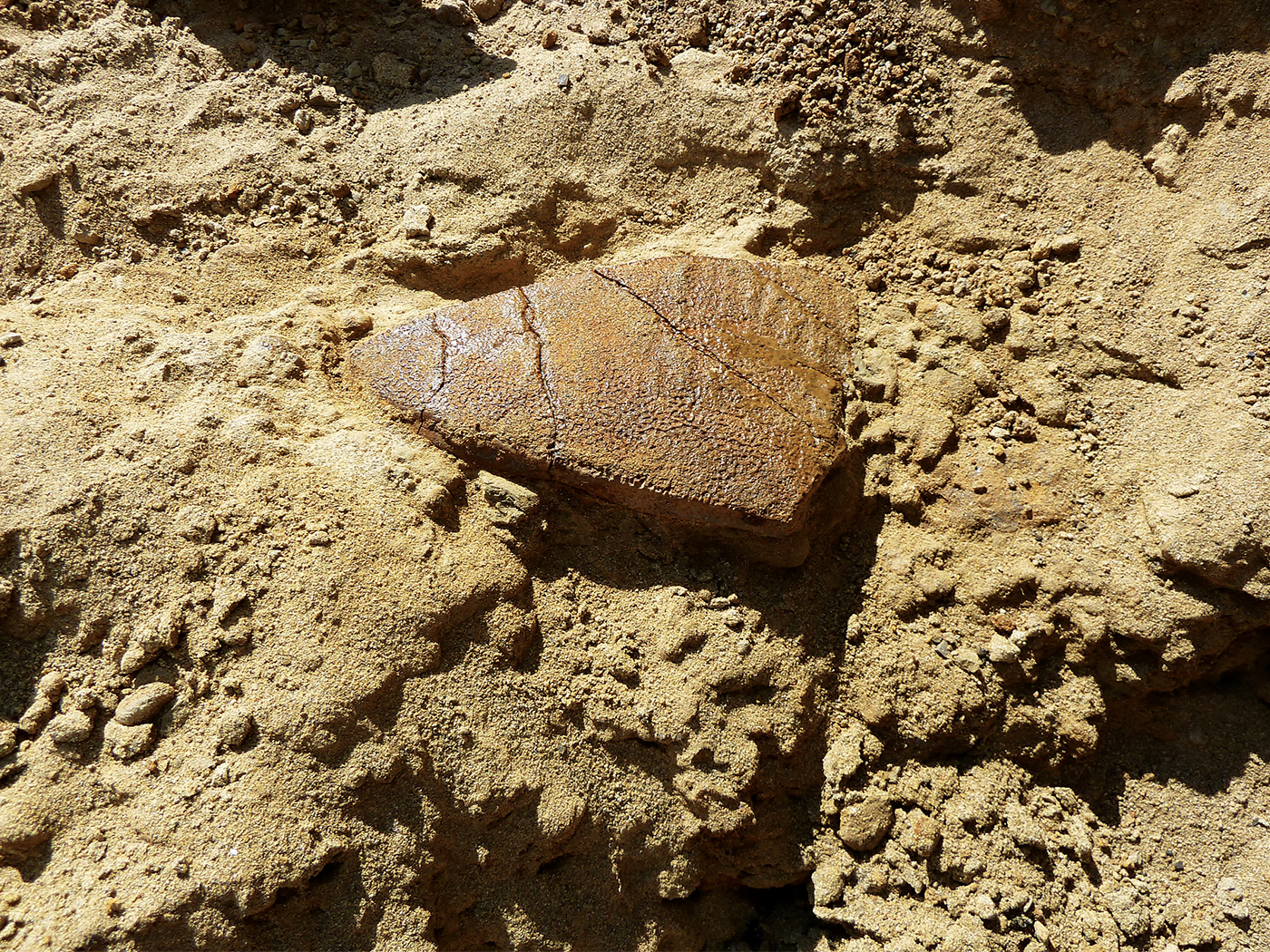“These are the generations of the heavens and of the earth when they were created, in the day that the LORD God made the earth and the heavens.” (Genesis 2:4)
There are two accounts of creation in Genesis, with the above text marking the dividing point. In the first (Genesis 1–2:4), the name used for the Creator is “God” (Hebrew Elohim), and its termination is the summarizing “signature,” as it were: “These are the generations [Hebrew toledoth] of the heavens and of the earth when they were created.”
The second account (Genesis 2:4–5:1) normally uses the name “LORD God” (Jehovah Elohim) in chapters 2 and 3 (except where the serpent and Eve used Elohim when she was being tempted) and then simply “LORD” (Hebrew Jehovah) in chapter 4. This second creation account ends with Adam’s signature: “This is the book of the generations [i.e., toledoth] of Adam.”
Critics claim that the two accounts are contradictory. Actually they are complementary, the second merely giving more details of the events of the fifth and sixth days of the creation week. The Lord Jesus (who was there as the Creator!) used them both, quoting from each (Matthew 19:4-6) at the same time in the same context.
Note also that “create” (Hebrew bara) is used seven times in Genesis 1, never in Genesis 2–4. In that second account, “made” and “formed” (Hebrew asah, yatsar) are the words used. Genesis 2:3 stresses the fact that “create” and “make” are different when it tells us that God rested “from all his work which God created and made.” Evidently the verb “create,” which always has the Creator as its subject, refers to His work in calling entities into existence; “make” refers to systems constructed (by either God or men) out of previously created entities. The heavens and the earth were both “created” and “made” (see our text). HMM
 Days of Praise Podcast is a podcast based on the Institute for Creation Research quarterly print devotional, Days of Praise. Start your day with devotional readings written by Dr. Henry Morris, Dr. Henry Morris III, and Dr. John Morris to strengthen and encourage you in your Christian faith.
Days of Praise Podcast is a podcast based on the Institute for Creation Research quarterly print devotional, Days of Praise. Start your day with devotional readings written by Dr. Henry Morris, Dr. Henry Morris III, and Dr. John Morris to strengthen and encourage you in your Christian faith.

























